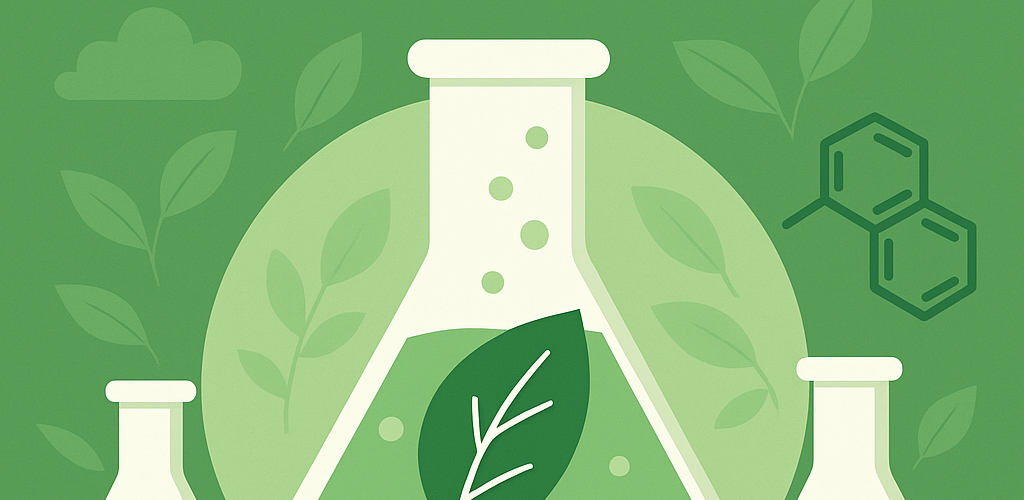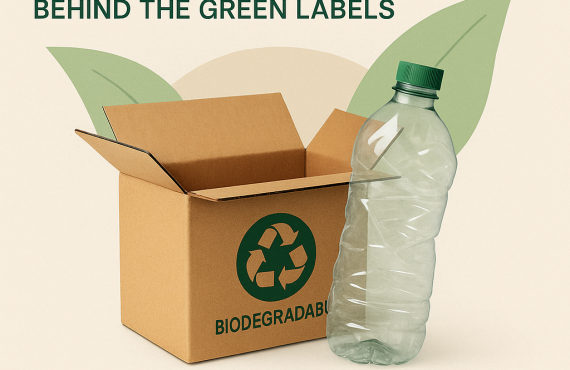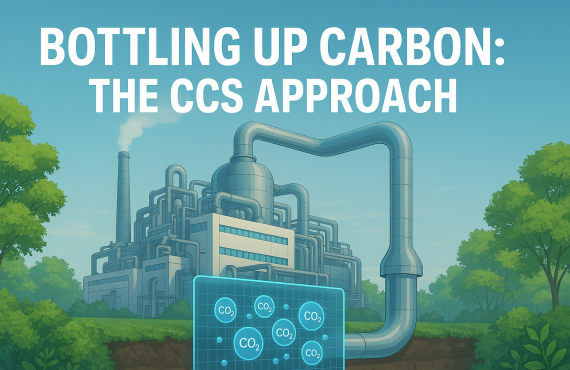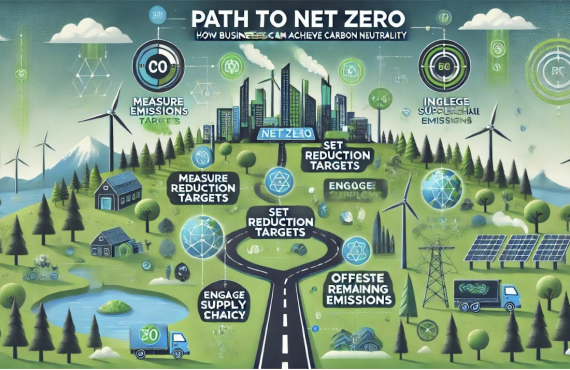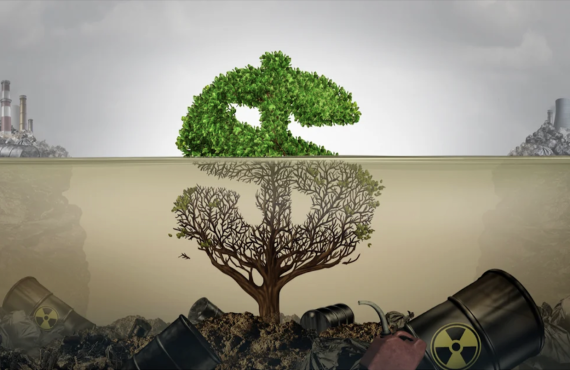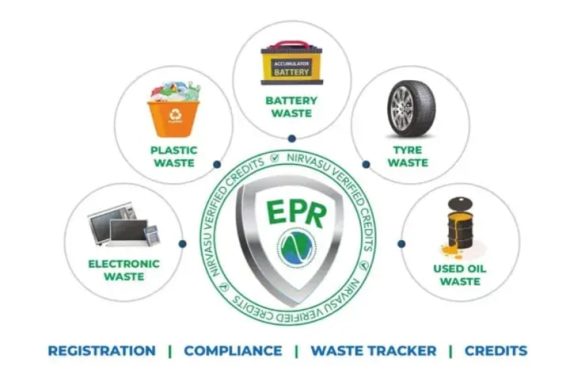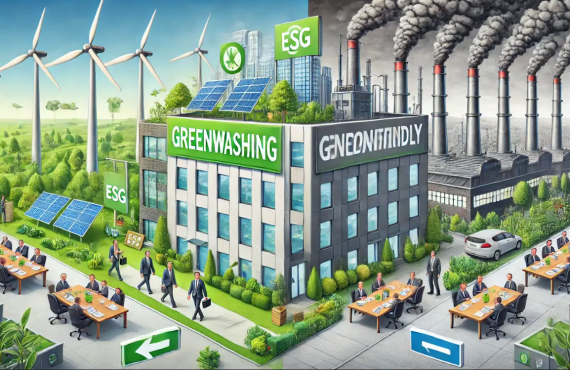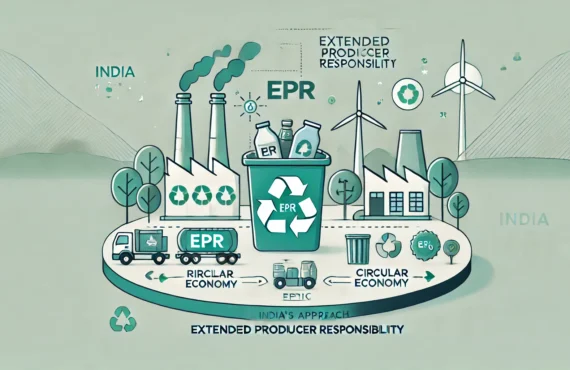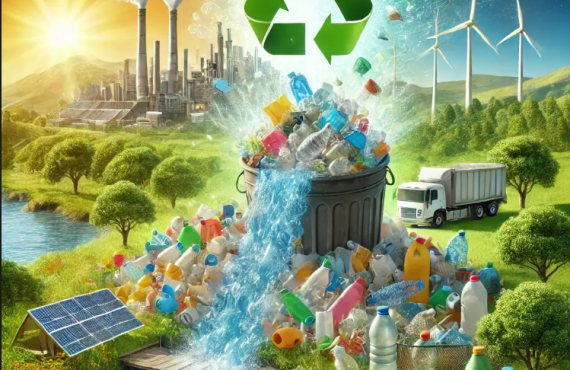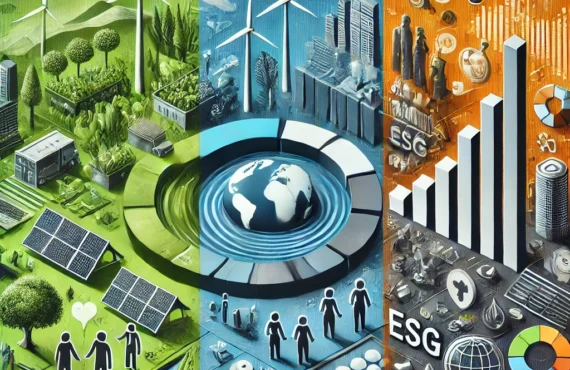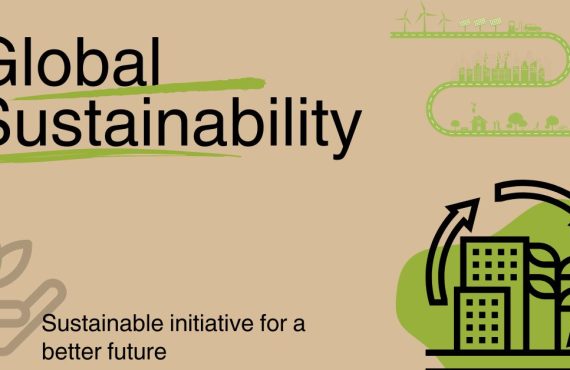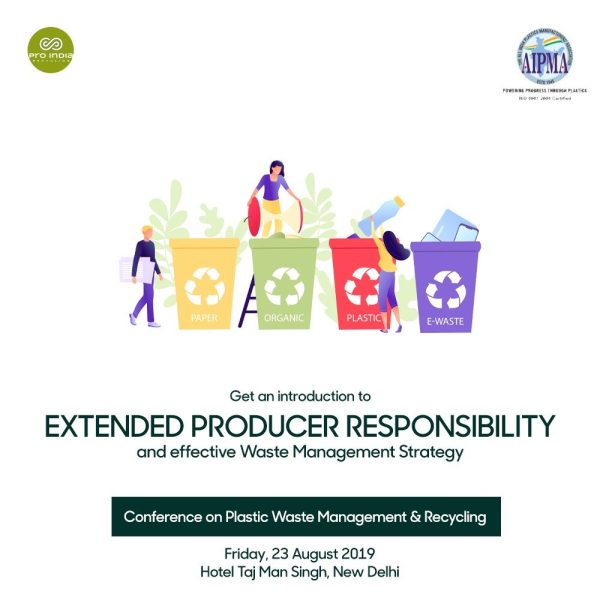Green Chemistry: Innovation Reducing Toxic Footprints in the Chemical Industry
Introduction: Why Green Chemistry Is Central to Industry Transformation
As global industries confront the dual challenge of increasing production and reducing environmental burdens, the chemical sector stands at a pivotal crossroads. Historically linked with emissions, hazardous waste, and intensive resource consumption, chemical manufacturing is being redefined through green chemistry—a discipline focused on minimising environmental impact at the molecular level.
This article explores how sustainable chemical processes, green innovation, and eco-friendly manufacturing are enabling the transition toward a low-toxicity, high-efficiency future for the chemical industry.
Defining Green Chemistry: A Preventive, Systems-Based Approach
Green chemistry is not simply pollution control—it is pollution prevention by design. The approach seeks to optimise every aspect of chemical synthesis, processing, and lifecycle management through the 12 Principles of Green Chemistry, established by Anastas and Warner. These include:
- Use of safer solvents and reaction conditions
- Integration of renewable feedstocks
- Emphasis on atom economy and energy efficiency
- Design of non-toxic, degradable chemicals
- Waste elimination at source, not end-of-pipe
By embedding these principles into R&D and production pipelines, companies are developing environmentally benign synthesis routes that are economically viable and operationally scalable.
Advancing Industry Standards Through Green Chemistry
Green chemistry in industry is evolving from pilot projects to full-scale implementation. Corporates are investing in green technologies to enhance operational efficiency, regulatory compliance, and environmental performance.
Key industrial shifts include:
- Substituting petrochemical solvents with supercritical CO₂
- Deploying biocatalysts for selective and mild reaction conditions
- Adopting continuous flow chemistry for safer and more consistent production
These innovations are helping companies align with global ESG benchmarks while fostering sustainable industrial chemistry practices that reduce cost and carbon intensity.
Reducing Toxic Footprints with Smart Chemistry
A core objective of green chemistry is the reduction of toxic footprints across the value chain. Traditional manufacturing methods often result in significant by-products and emissions. By contrast, green innovation in chemistry enables:
- Higher atom economy in product yields
- Elimination of auxiliary substances via solvent-free reactions
- Substitution of heavy metal reagents with green catalysts like enzymes and MOFs
- Integration of energy-efficient chemical processes
Such transformations not only support pollution prevention in manufacturing, but also enhance worker safety, reduce treatment costs, and lower the ecological burden of chemical operations.
Sustainable Inputs: Transitioning to Renewable and Biodegradable Resources
A foundational shift in eco-friendly chemical manufacturing is the move away from fossil-derived feedstocks. Emerging innovations now enable:
- Sourcing of base chemicals from plant biomass, algae, or waste oils
- Development of biodegradable chemicals and safer alternatives to hazardous substances
- Enhanced circularity through renewable feedstocks in chemistry
This input transformation contributes to decarbonisation and supports a circular economy in chemistry, where materials can be reused or reintegrated without generating secondary pollutants.
Embracing Circular Chemistry: Clean, Efficient, and Regenerative
To truly embody sustainability, the industry must adopt circular models where outputs become inputs. Circular economy principles in chemistry encourage:
- Recyclable product design
- Closed-loop systems for solvents and catalysts
- Recovery and valorisation of waste streams
- Complementary technologies, such as clean synthesis methods (e.g., microwave-assisted and electrochemical synthesis), and tools like life cycle assessment in chemistry, provide metrics to quantify environmental performance and guide decision-making across the product lifecycle.
Green R&D: Building the Next Generation of Sustainable Chemistry
Investment in green R&D is critical to accelerating the adoption of greener alternatives. The intersection of materials science, biotechnology, and process engineering is creating high-impact innovations across sectors.
Top 12 Emerging Green Chemistry Innovations:
- CO₂-based synthesis of value-added chemicals
- Bio-based, degradable plastics
- Solvent-free organic transformations
- Photocatalytic systems for clean water
- Bio catalysis in active pharmaceutical ingredient (API) manufacturing
- Enzymatic textile finishing
- Ionic liquids as non-toxic solvent systems
- Modular flow reactors for scalable production
- Plant-based adhesives and coatings
- Functional green nano materials
- Chemical up cycling of plastics
- Electrochemical pathways for C–C bond formation
These technologies are setting new benchmarks in sustainability and operational excellence.
Conclusion: Green Chemistry as a Strategic Imperative
For the chemical industry, green chemistry is not merely a compliance measure—it is a strategic imperative. It enables companies to reduce risks, meet sustainability targets, and enhance innovation pipelines.
By focusing on toxic footprint reduction, sustainable chemical processes, and green innovation, the sector can not only mitigate environmental harm but also unlock new commercial opportunities in a resource-constrained world.
The shift toward sustainable industrial chemistry is underway—and those who lead it will shape the future of the global economy.


